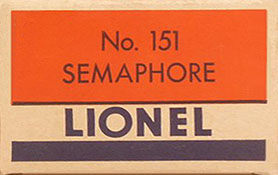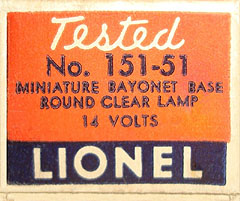These pages are best viewed at 1024 x 768 x 32 bit monitor resolution |
| This Identification Guide for Lionel Electric Trains covers the "Post-war Era" only from 1945 until 1969. |
| LIONEL TRAINS SEMAPHORE SIGNAL No. 151 |
 |
|
When the weight of a passing train activated the contact placed under the track the arm would move 90 degrees and show a RED aspect signal. |
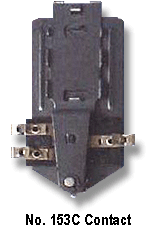 |
Early issues have flat front GREEN and RED lenses on the arm that are heat-staked in the back. During manufacture the lenses were inserted in the arm and heated from the rear to so that they melted and flowed out into the ridge that holds them in place. This process was tedious and was discarded in favor of the more commonly seen domed lenses that are inserted from the front of the arm. |
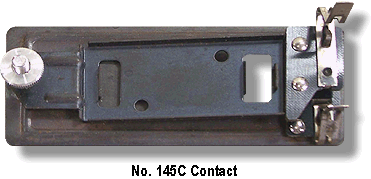 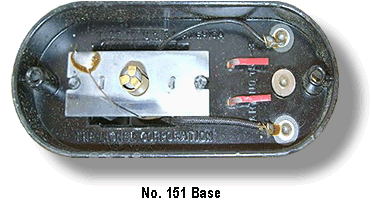 |
At least two different molds were used for the semaphore arm. On the early issues with the raised "V" the color of the arm appears to be painted by hand. When Lionel changed the arm to a recessed "V" they simplified the painting of the arm which could now be done with one sweep of a paint roller. |
 |
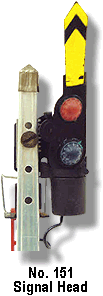 |
Variation A: Has a GREEN base and indicates two numbers on the bottom: "No. 153" and "No. 153-3." The latter is the casting number for the No. 153 Block Signal that was used for the first issue of the semaphore. |
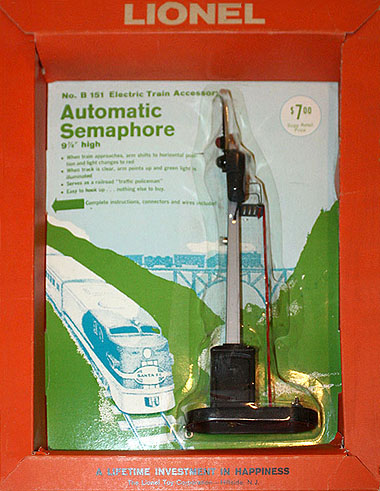 |
Variation F: Identical to Variation D except housed in blister packaging and numbered B151. Produced in 1966, the value of this variation is tied to the packaging. |
 |
|
|
|
|
|
|
